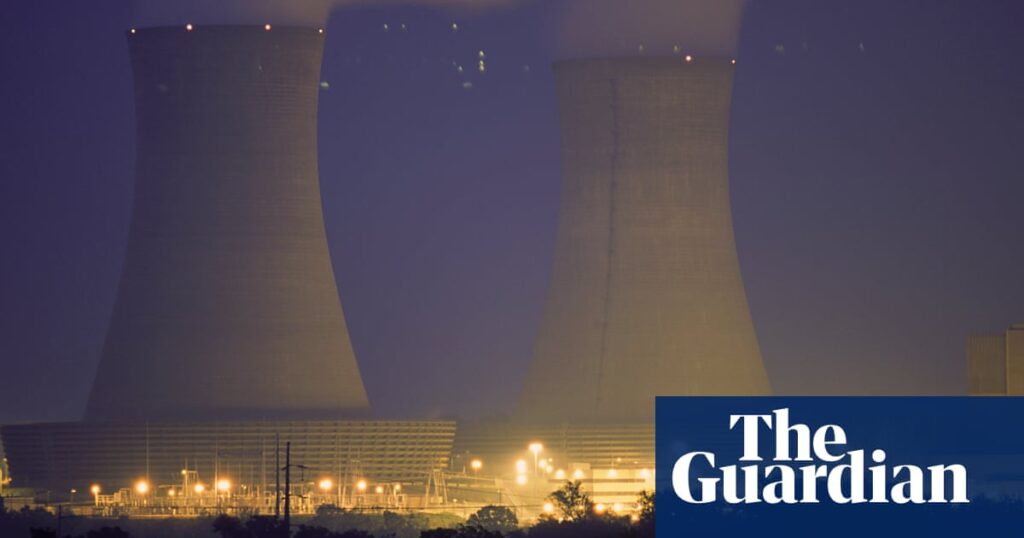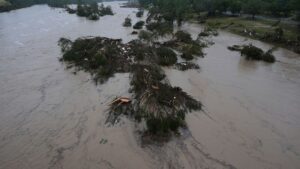
In a groundbreaking move, New York Governor Kathy Hochul has announced plans to construct a new nuclear power plant in upstate New York. This will be the first major nuclear facility to be built in the United States in over 15 years, designed to generate at least 1 gigawatt of power. The initiative aims to bolster the state’s electric grid with zero-emission energy, aligning with New York’s ambitious clean energy goals.
Governor Hochul emphasized the importance of this project in a statement, directing the New York Power Authority (NYPA) to spearhead the development and construction of the plant. “As New York state electrifies its economy, deactivates aging fossil fuel power generation, and continues to attract large manufacturers that create good-paying jobs, we must embrace an energy policy of abundance that centers on energy independence and supply chain security to ensure New York controls its energy future,” she stated.
Strategic Energy Initiative
Describing the nuclear plant as a “critical energy initiative,” Hochul highlighted its role in complementing the state’s renewable energy projects. The plant is expected to provide zero-emission baseload power, crucial for advancing New York’s clean energy economy. However, the announcement has sparked controversy among renewable energy advocates.
The Public Power NY Coalition criticized the decision, arguing that NYPA should focus on expanding renewable energy sources like solar and wind. “NYPA has the power and mandate to build 15GW of renewables and should not let Trump promises lead New Yorkers away from it,” the coalition stated. They emphasized that renewable energy is the only viable path to achieving the state’s climate goals and reducing energy costs.
Nuclear Power’s Role in the Energy Landscape
The development comes amidst a broader national conversation about nuclear power’s place in the future energy landscape. Despite nuclear plants currently supplying about 19% of the country’s electricity, this figure has declined from its peak in 2012. The industry faces challenges such as safety concerns, cost overruns, and political opposition.
Nevertheless, major technology companies are increasingly turning to nuclear energy to power data centers. Last year, Microsoft signed a 20-year agreement with Constellation to restart a reactor at Three Mile Island in Pennsylvania. Similarly, Amazon and Google have entered deals to purchase nuclear-generated power to meet the demands of their expansive data operations.
Only five new commercial reactors have come online in the US since 1991, and experts predict the need for 34 new, full-size nuclear plants over the next five years to meet power requirements.
Challenges and Opportunities
New York’s plan to build a nuclear plant also reflects broader efforts to transform upstate New York into a tech hub. With its geographical advantages and proximity to tech research centers, the region is poised to become a new Silicon Valley. However, the state’s recent history with nuclear energy is complex. The Indian Point nuclear plant, located just 40 miles from Manhattan, was retired in 2021 due to environmental concerns and security risks highlighted by the 9/11 attacks.
Governor Hochul acknowledged the challenges of nuclear energy development, citing regulatory hurdles as a significant barrier. She suggested that streamlining the approval process could revitalize the industry. “Why does it take a decade?” she questioned, urging for more efficient regulatory mechanisms.
Looking Ahead
The decision to build a new nuclear plant in New York is a bold step towards diversifying the state’s energy portfolio. However, it also raises questions about the balance between nuclear and renewable energy sources. As the state moves forward, the success of this initiative will depend on careful planning, public support, and the ability to navigate complex regulatory landscapes.
As the world grapples with climate change and energy demands, New York’s experiment with nuclear power could serve as a model—or a cautionary tale—for other states considering similar paths. The outcome will likely influence national energy policies and the future of nuclear power in the United States.





